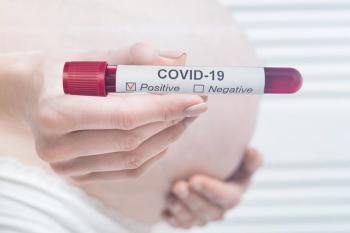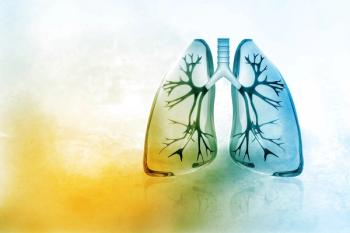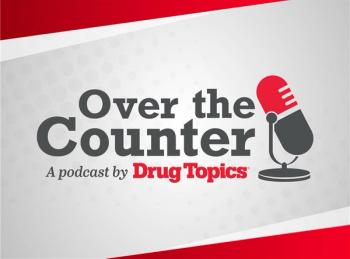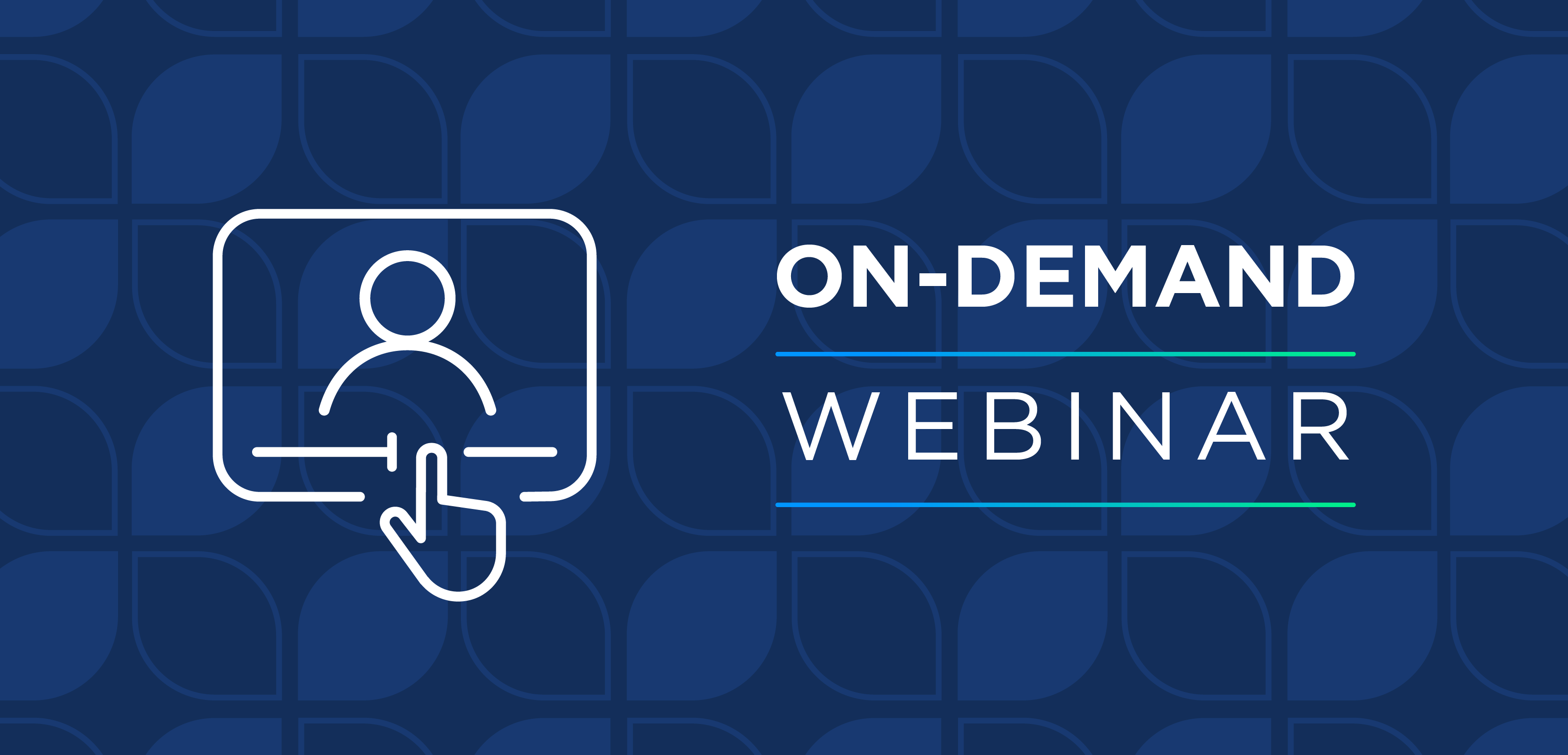
Q&A: Challenges Pharmacists Face in Assessing, Addressing Health Literacy
Karissa Kim, PharmD, BCPS, BCACP, discusses the main challenges pharmacists face in assessing and addressing patients’ health literacy levels.
In a study published recently in the Journal of the American Pharmacists Association, investigators sought to evaluate pharmacists' knowledge and perceptions of the impact of limited health literacy on patients and their practice.1 The study sent out a survey to Ohio pharmacists in 2013 and 2021 to assess general knowledge, health literacy in the workplace, and demographics.
The researchers found that there were improvements in how pharmacists communicate with patients who have limited health literacy during the study period. However, 81.6% of survey respondents said they never formally assess health literacy and only 41% had received formal health literacy training. The authors concluded that the findings highlight remaining gaps in pharmacists' knowledge and practices related to health literacy.
In a Q&A with Drug Topics, Karissa Kim, PharmD, BCPS, BCACP, clinical associate professor of pharmacy practice at the University of Cincinnati and lead author on the study, discussed the main challenges pharmacists face in assessing and addressing patients’ health literacy levels, strategies to improve pharmacist training on health literacy, and how pharmacies can create a more inclusive environment for patients with limited health literacy or language barriers.
Drug Topics: What are the main challenges pharmacists face in assessing and addressing patients’ health literacy levels?
Karissa Kim, PharmD, BCPS, BCACP: This is a great question that we asked in our survey, both in 2013 and 2021. The 2 most common reported barriers to implementing formal health literacy programs for patients identified by the participants were that health literacy is a low priority as compared to other problems and pharmacists don’t have enough time.
In terms of barriers to implementing formal health literacy assessment/screening, the 2 most common reported barriers were lack of knowledge and assessment/screening takes too much time.
In the busy pharmacy setting, which can be demanding and hectic, health literacy takes a back seat to other tasks in the pharmacy.
Drug Topics: What strategies could improve pharmacist training on health literacy?
Kim: I’m a huge proponent of additional training on health literacy. In our study, only a third of respondents reported receiving any formal training. Given that health literacy has been recognized as important and incorporated into accreditation standards of schools/colleges of pharmacy since 2016, most recent graduates may have received some level of training. Regardless, additional trainings would be valuable.
I would prioritize training on raising awareness and effective communication strategies, specifically the universal precautions approach endorsed by the Agency for Healthcare Research and Quality (AHRQ). Given the busy schedules of pharmacists, an innovative approach to train pharmacist on health literacy would be to create accessible, mobile-friendly, mini-learning or micro-learning activities, delivered either by podcast or video format. Creating short 15-minute activities that pharmacists could watch during short breaks, while exercising, or doing chores, could potentially be a strategy to enhance training for pharmacists. Attaching continuing education credits to these activities would be beneficial.
Another important strategy would be at the leadership level where leadership supports and implements training programs.
Drug Topics: How can pharmacists balance the use of formal health literacy assessments with the need for practical, time-efficient approaches in a busy pharmacy setting?
Kim: Formal health literacy assessments have been developed to be used largely for research purposes. A concern for using formal health literacy assessment is that it can be embarrassing for a patient who is ashamed of their reading limitations. The single-item health literacy screener (SILS), “How often do you need to have someone help you when you read instructions, pamphlets, or other written material from your doctor or pharmacy?” is a validated tool that correlates well with other formal health literacy assessments. Incorporating SILS could be a practical, time-efficient approach.
In the AHRQ health literacy universal precaution toolkit, formal health literacy assessments are not generally recommended for broad use. Instead, they endorse using effective communication strategies which can benefit everyone, regardless of health literacy levels. I would recommend the universal precaution approach in a busy pharmacy setting or SILS in a busy pharmacy setting.
Drug Topics: How can pharmacies create a more inclusive environment for patients with limited health literacy or language barriers?
Kim: AHRQ has also published a Pharmacy Health Literacy Toolkit, “Is Our Pharmacy Meeting Patients' Needs? A Pharmacy Health Literacy Assessment Tool User's Guide.” This tool is a comprehensive guide to help pharmacies assess how they doing to create an inclusive environment. The tool has 4 parts: assessment tour of the pharmacy, pharmacy staff survey, guide for focus groups with patients and using the assessment results. Using this toolkit can be a starting point if the pharmacy has the time or resources.
A few actions that could be more easily incorporated include patient counseling using effective communication strategies, ensuring that prescription labels use clear, explicit language as guided by USP labeling guidelines, and using interpretation services.
Drug Topics: How can pharmacists effectively educate patients on medication use while avoiding overwhelming them with too much information?
Kim: According to a study by McGuire et al in 1996, patients forget 40-80% of medical information provided by healthcare practitioners immediately. If more information is presented, less is correctly recalled. For this reason, I would suggest focusing on what the patient needs to know and what the patient needs to do. Focusing on these 2 important aspects of medication use, in my opinion, will help to reduce cognitive overload. It is important to focus on 2 to 3 key messages and then verify understanding using teach-back. The Indian Health Service Model of Patient Counseling can be a guide. Talk with patients about:
- What the medication is for
- How to take it
- What to expect
Confirm understanding using teach-back.
Sometimes, medication education needs to be more extensive. For example, there are many important things to discuss if a patient is starting an anticoagulant such as warfarin. In this situation, it is challenging to limit to 2 to 3 key messages. In this instance, it is important to chunk information, then check for understanding. You may need to repeat the process multiple times for thorough counseling.
In addition to verbal education, providing print education materials, written at the 5 to 6 grade level, that is actionable, is also recommended.
Ready to impress your pharmacy colleagues with the latest drug information, industry trends, and patient care tips? Sign up today for our
References
1. Kim K, Metzger AM, Win MT, et al. Knowledge and Perceptions of Health Literacy among Pharmacists in Ohio in 2013 and 2021. J Am Pharm Assoc (2003). 2024 Oct 1:102260. doi: 10.1016/j.japh.2024.102260. Epub ahead of print. PMID: 39362526.
Newsletter
Pharmacy practice is always changing. Stay ahead of the curve with the Drug Topics newsletter and get the latest drug information, industry trends, and patient care tips.















































































































